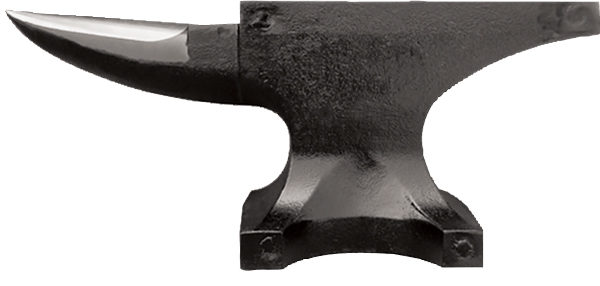American Farriers Journal
American Farriers Journal is the “hands-on” magazine for professional farriers, equine veterinarians and horse care product and service buyers.

It’s easy to think of an anvil as almost indestructible. After all, it’s a squat, dense 70- to 150-pound beast of burden that’s ready to withstand a daily hammering.
Then one day you look down and notice it’s full of dents from your hammer, and maybe the corners and edges have been pounded away — faults that could keep you from fashioning the perfect shoe or clip. Or, if you don’t use your anvil often or leave it out on the truck, it might be showing a bit of corrosion — maybe a lot if you’ve taken some time off.
Don’t think of that anvil as ready for the scrap heap, though. Almost any anvil can be restored to good working condition. And new ones can be kept in excellent shape with a bit of regular maintenance.
Donald Jones of Pleasant Grove, N.C., knows his way around an anvil. Not only did he work for 30 years as a farrier in North Carolina and South Carolina before retiring, along the way he also founded and operated NC Tool Co., which manufactures anvils and other farrier equipment, and established and ran a horseshoeing school for 8 years.
Jones’ number one tip for keeping an anvil in good condition?
Striking the anvil directly with your hammer causes more damage than anything else.
The more an anvil is struck by errant hammer blows without repair, the more difficult it becomes to level the surface
Edges that have been…